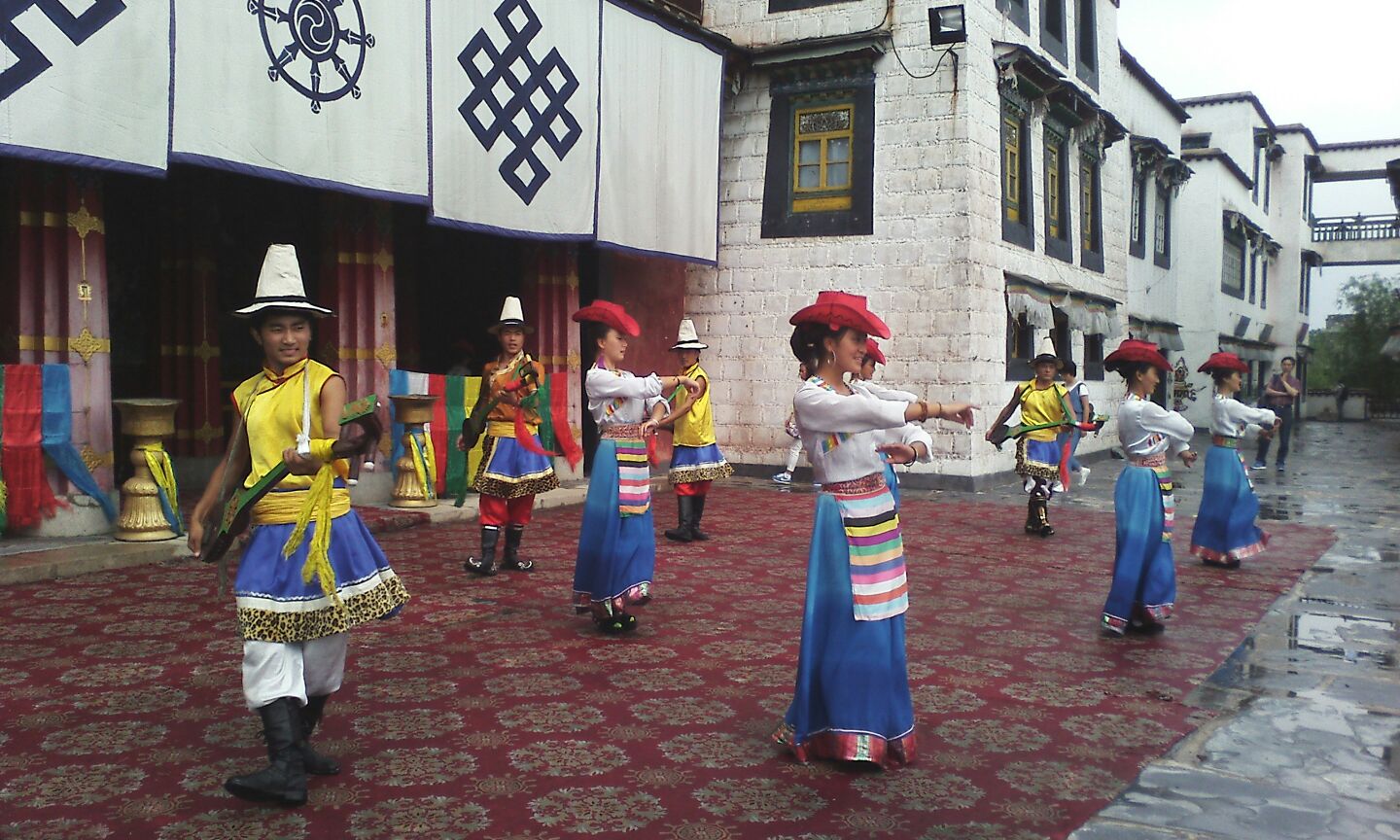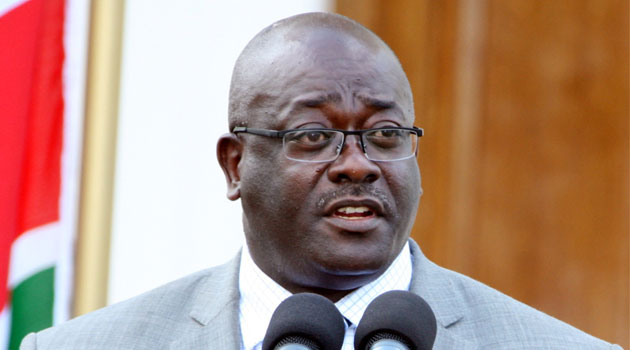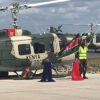
On Saturday, journalists from various parts of the world, currently undergoing training in China visited the Chinese ethnic museum located within the city/JOSEPH MURAYA
Just like them, majority of people who have not travelled to China or learnt about their historical backgrounds have the same queries.
On Saturday, journalists from various parts of the world, currently undergoing training in China visited the Chinese ethnic museum located within the city.
“I can start noticing some differences…some are a little bit dark,” one of the journalists said.
The museum is like Bomas of Kenya although more expansive.
There, we learnt about the traditional national buildings and customs of various ethnic groups.
We also learn that China is a unified multi-ethnic country that has 56 ethnic groups living together in harmony.
“The 56 ethnic groups in China are widely presented in the museum,” one of the facilitators explained.
Kenya has 42 ethnic groups, which other than the threat of political differences, co-exist harmoniously.
In China, just like in Kenya, each ethnic group is different in one way or the other, but the collectiveness of the 56 groups make up one great Chinese nation.
The whole museum is divided into, “North Garden and South Garden with an area of 45,000 square meters.”
Within the museum, there are 16 national villages in the North Garden that include those of Qiang, Oroqen and Hezhe ethnic groups.
To add to the rich cultural diversity, local and foreign tourists are able to enjoy waterfalls within the museum and take a scenic view of the beauty of nature.
Inside lies China’s biggest domestic casting iron sculpture, artificial tropical banyan forest, water eroded cave, Panlong Waterfall, rock pictures and supernatural wood of Alishan in the Northern Garden.
The museum provides a perfect interaction environment for people.
I also took time to test my Chinese language by acknowledging one of the locals, “Nihau (How are you).”
Glad that I know a little bit of Chinese, smiling, she replied, “Nihau… XieXie (Thank You).”
Such is the interaction platform for all nationalities.
One of the gates within the museum dates back to 100 years but still stand strong.
Another unique feature within the museum is ‘The Prayer Wheel’. “It’s a means of chanting the mantra by revolving the object supported by axis within it.”
The metal crusts are carved with, “six character true words and scriptures are installed inside.”
To them, revolving one cycle in clockwise direction has the same power of 100, “of sutra reading.”
The ethnic group having the prayer wheels believes by revolving, it will bring good luck and auspicious.
Lessons for Kenya
The country can still remain united despite various religious, political and cultural differences and still celebrate its oneness.
With such museums, Daniel, one of the facilitators said, “People can learn about different cultures and remain united.”










































